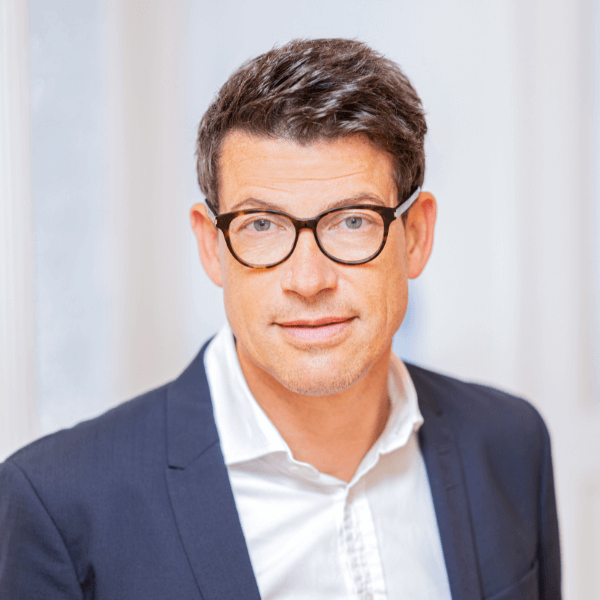Customer-focused
organisation
Change analysis
Behavioural branding
Employee training
Customer-focused organisation
Customer-Focused Organisation: The Mastery of Change
Here we deal with the supreme discipline of change. We are talking about the absolute orientation of the company and its organisation towards the desires and needs of the customers in terms of a holistic user experience management. In the consequence functional, linear and/or matrix structures and processes have to be concentrated on customer orientation.
Your benefit
The aim of the customer-focused organisation is the orientation towards the needs of customers and therefore increased flexibility for your organisation. This way, you reduce internal barriers and processes that have grown and been in place for years and are entrenched by now. Clarity and transparency create room and motivation for new and fresh thinking in the interest of your customers. At the same time, you break up “silo mentality” and connect previously separated divisions to new and powerful entities.
You differentiate your brand in the market and therefore reinforce the standing of your company. Through new structures, you also increase efficiency and effectiveness, and therefore the profitability. That way you contribute to a long-term stability of your company.
What we offer
The process to a customer-focused organisation starts by reviewing the status quo and therefore the starting point for change.
How is your company set up, how are structures and processes?
To what extent can the current structure and organisation be used to make your brand perceptible?
In what sense does the structure support your brand?
For this purpose, we observe your workflows and conduct interviews with your employees. Afterwards we define the objectives in accordance with corporate and brand goals, customer needs and desires as well as brand positioning. These objectives represent guidelines, within which the content will be developed and discussed.
The next step is about collecting content for alternative structures and processes, which takes place during workshops with the organisation team and representatives of all relevant functional areas of your company. This creates commitment. The analysis of best-practice cases as well as the evaluation happen in constant exchange with the guidelines and prevailing conditions.
As a third step the new form of organisation is designed subject to the previously gained insights and matching the objectives. Afterwards, the joined definition of interfaces, hierarchies, processes and competency requirements takes place with the responsible people at the respective interfaces.
Contact me!
Alexander Biesalski
MANAGING PARTNER

